29th Feb 2024
In January this year, I participated in a tasting of every vintage made of Dalla Valle’s Maya since the first 1988 release (including one unreleased vintage) with Naoko and Maya Dalla Valle. We were joined by former winemakers Tony Soter and Mia Klein and current consulting winemaker Andy Erickson, each contributing stories about the estate’s history and the Maya label’s evolution.
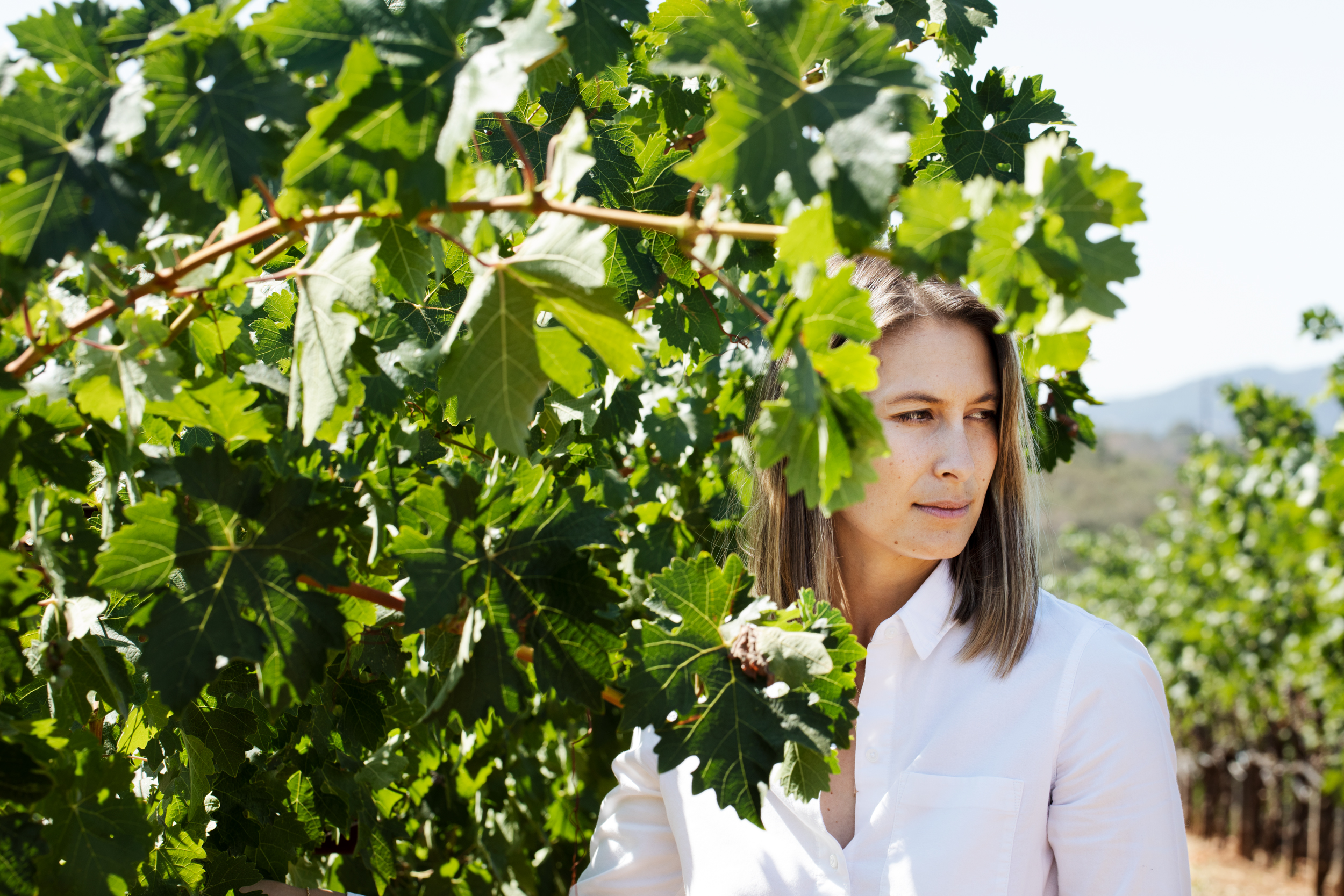
Constant Flux
Gustav and Naoko Dalla Valle purchased the land for Dalla Valle in the early 1980s. Located on a geological bench within the Vaca Mountains’ foothills on the valley’s eastern side, at an altitude of 400-500 feet, it’s one of the most enviable sites in Oakville. Pritchard Hill sits above it; Screaming Eagle and Rudd vineyards are on the valley floor below.
The first vintage of the Dalla Valle Cabernet Sauvignon was 1986.
"Joe Cafaro was our winemaker for the 1986 and 1987 vintages," said Naoko Dalla Valle. "Then Heidi Barrett came on board in 1988 and stayed until 1995."
In 1987, the year Naoko and Gustav’s daughter Maya was born, an adjacent parcel of land was purchased, and five acres of this was planted to Cabernet Sauvignon, increasing the total area under vine to 20 acres. This vineyard section was named Maya.
From 1988, a new cuvee was made to commemorate the birth of Maya. For this special label, Cabernet Sauvignon was blended with Cabernet Franc in nearly equal proportions, making for an unorthodox Napa blend at the time. This became the first “Maya” label wine.
“Our Maya Clone of Cabernet Franc is now proprietary,” said Maya Dalla Valle. “It originally came from Mount Veeder, but no one recorded any information about clones back in the early 1980s, so we don’t know what it is. We now use our own budwood for new plantings.”
From 1990, when the Maya Block vines were old enough, Cabernet Sauvignon from this new parcel was blended with the existing Cabernet Franc. This combination remains the Maya terroir blend today.
“The Maya Block Cabernet Sauvignon did not come on board until 1990, so the first two vintages of Maya are not made from any Maya Block,” said Naoko. “1990 was an easier vintage than 1989, which was quite rainy. 1990 was the first year we started to do the green harvest.”
In 1995, less than ten years after Dalla Valle was launched, Gustav passed away, leaving the estate in the hands of his wife and young daughter. Instead of selling the winery and returning to her home country of Japan, Naoko was committed to continuing the project she and her husband had started.
From 1996 until 2005, the winemakers were Tony Soter and Mia Klein—a remarkable era during which the Maya label settled into its plush, perfumed voice. It’s worth noting that the early vintages of Maya were 45% Cabernet Franc and 55% Cabernet Sauvignon, although these days, the blend is at least (and usually) 60% Cabernet Sauvignon from Maya Block, mixed with 40% Cabernet Franc from other parts of the estate. It was also during this era that the seed of what would become the MDV label was planted. MDV is a 100% Cabernet Sauvignon cuvee exclusively from the Maya Block, produced only in exceptional vintages and when this doesn’t detract from the Maya label.
“In 1999, we did a cuvée for Auction Napa Valley, made entirely of Cabernet Sauvignon from our Maya Block,” Maya said. “But the first MDV vintage produced for our clients wasn’t until 2013, then again in 2016, 2018, and 2021.”
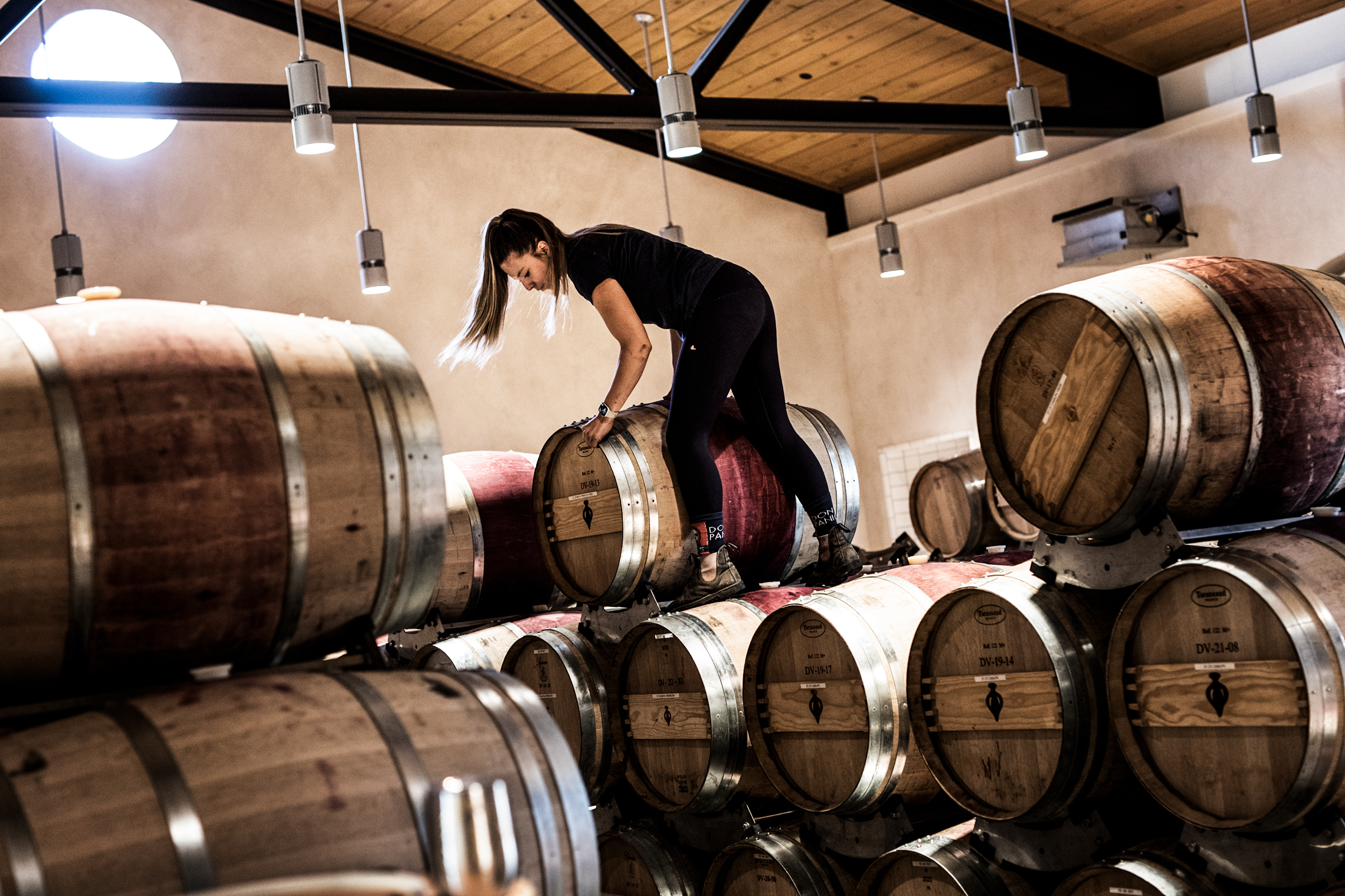
Michel Rolland came to Dalla Valle as a consultant in 2004.
“Michel blended the 2002 as his first vintage,” said Naoko. “We replanted the Maya Block in two phases in 2003 and 2006. So, we couldn’t make any Maya in 2004 because we had no fruit from that block. We did make wine from the Maya Block in 2003, but I decided not to release a Maya label that year because it wasn’t good enough. We blended most of what was good from that block into the Cabernet Sauvignon label. We did make and bottle a little Maya that year so that I could taste it later and know I made the right decision.” She nods and smiles as she tastes the 2003. “I did.”
The 2003 Maya was included as part of this vertical tasting on the condition that I would not review it since it was never released and is not commercially available. It was actually very good, although admittedly not up to the usual Maya standard. In 2003, Maya Block was replanted to a north-south row orientation. Since 2013, it has been harvested in two passes.
“The morning side ripens more quickly and tends to be brighter, fresher, and more austere,” Maya explained. “The afternoon side is richer and lusher. Sometimes, the sides are harvested ten days apart.”
In 2006, Philippe Melka briefly became Dalla Valle’s winemaker, and then in 2007, Andy Erikson came on board. He remains a consultant today.
“I met Naoko at a dinner at Screaming Eagle, where I was working at the time,” said Andy. “This was a dream property to work at. They were 20 years in when I came here. I just didn’t want to screw it up. My focus was on the vineyard. 2007—my first vintage—was a long, easy growing season. It’s very easy to make a ripe wine here in Napa; the trick is to express the place.”
2007 was also the year that Dalla Valle began the conversion to organic viticulture. Since then, Maya has been instrumental in the estate’s conversion to organic viticulture and, more recently, biodynamic viticulture. She earned a master’s degree in viticulture and enology from Cornell University, followed by a Master of Business and Science degree in vineyard and winery management from France’s Bordeaux Sciences Agro, one of the world’s leading viticulture and enology colleges. After her studies, Maya worked harvests at Ornellaia/Masseto, Bodegas Rolland (Argentina), Petrus, and Château Latour. In 2017, Maya returned to Dalla Valle and joined her mother as a director of the winery. In January 2021, she was named the estate’s winemaker.
“It is so interesting to see how the Cabernet Franc plays with the Cabernet Sauvignon each vintage,” Maya commented after we finished tasting the thirty-two vintages of her namesake label. “Some years, you see the Franc as more expressive; other years, it’s more in the background.”
Indeed, this magnetic interplay of the varieties, terroirs, and people in Maya creates a singular energy flow within the wines, that exhilarating sense of constant flux.
–
Article & Reviews by Lisa Perrotti-Brown MW
Photography by Svante Örnberg
See more work from Svante at svanteornberg.se by clicking here!
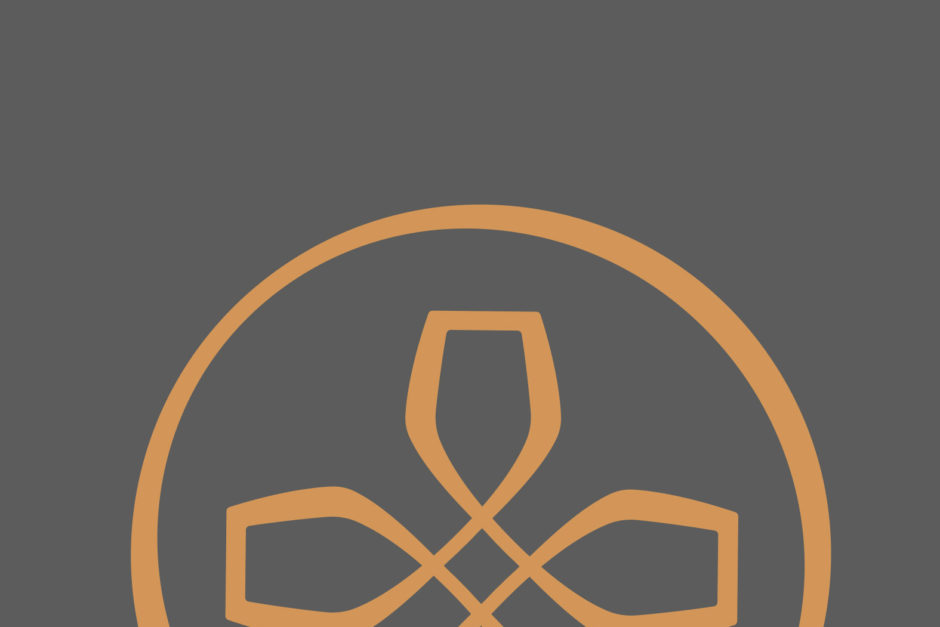
PRODUCERS IN THIS ARTICLE
> Show all wines sorted by scoreMore articles
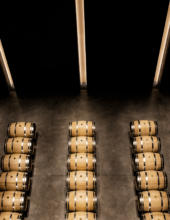
Bordeaux 2023 Vintage Report and Reviews from Barrel
09th May 2024
649 tasting notes
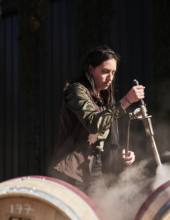
Cathiard Vineyard New Releases
02nd May 2024
3 tasting notes
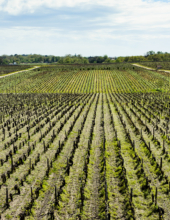
Bordeaux 2023 Preliminary Vintage Report and Reviews from Barrel
29th Apr 2024
56 tasting notes
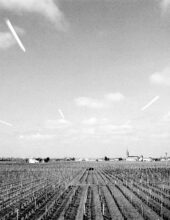
2021 Bordeaux in Bottle and A Modest Proposal
24th Apr 2024
599 tasting notes
Show all articles